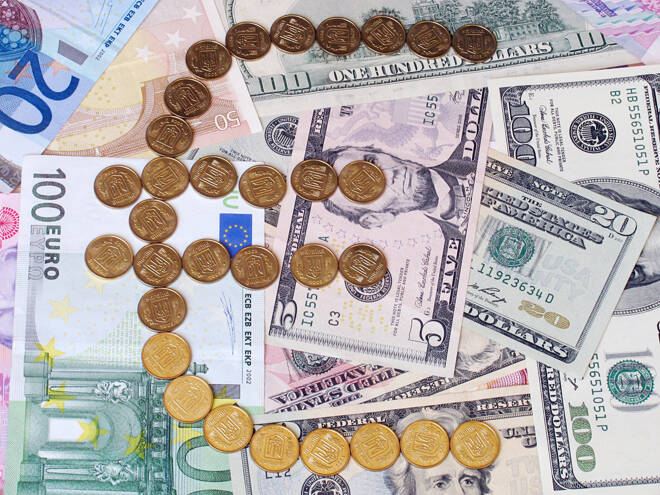Advertisement
Advertisement
Germany’s Producer Price Index Points to a Further Pickup in Inflation
By:
Wholesale inflation figures from Germany point to a further pickup in inflationary pressure going into the second quarter, which was aligned with recent PMI survey responses.
It’s been a quiet start to the week on the Eurozone economic calendar. After a particularly quiet Monday, wholesale inflation figures from Germany were in focus this morning.
Wholesale Inflation
In March, Germany’s producer price index rose by 0.9% month-on-month, following a 0.7% rise in February. Economists had forecast a 0.6% increase.
Compared with the same month a year earlier, producer prices of industrial products were up by 3.7%. This was the highest increase when compared with the corresponding month of the preceding year since Nov-2011.
According to Destatis,
- Prices of energy and prices of intermediate products drive the index northwards year-on-year.
- Energy prices jumped by 8.0% compared with Mar-2020, with prices of intermediate goods up 5.7%.
Taking a closer look at prices of intermediate goods, price for raw materials saw marked increases year-on-year.
- Prices of metallic secondary raw material surged by 46.8%.
- There were also marked increases in prices for:
- Prepared feeds for animals (+15.9%).
- Sawn and planed wood (+13.9%).
- Metals (+12.9%) – Prices of non-ferrous metals were up 17.9%, with prices for basic iron, steel, and ferro-alloys up 17.5%.
For other components,
- Prices of durable consumer goods increased by a more modest 1.4% and capital goods by 0.9% compared with Mar-2020.
- As a result of a 20.8% slide in prices for pork, food prices fell by 2.5% that dragged prices of non-durable consumer goods down by 1.4% year-on-year.
Market Impact
Ahead of the inflation figures, the EUR had fallen to a pre-stat low and current day low $1.20340 before rising to a pre-release high $1.20719.
In response to the stats, the EUR fell to a post-stat low $1.20483 before rising to a post-stat and current day high $1.20800.
At the time of writing, the EUR was up by 0.16% to $1.20578.
About the Author
Bob Masonauthor
With over 28 years of experience in the financial industry, Bob has worked with various global rating agencies and multinational banks. Currently he is covering currencies, commodities, alternative asset classes and global equities, focusing mostly on European and Asian markets.
Advertisement
